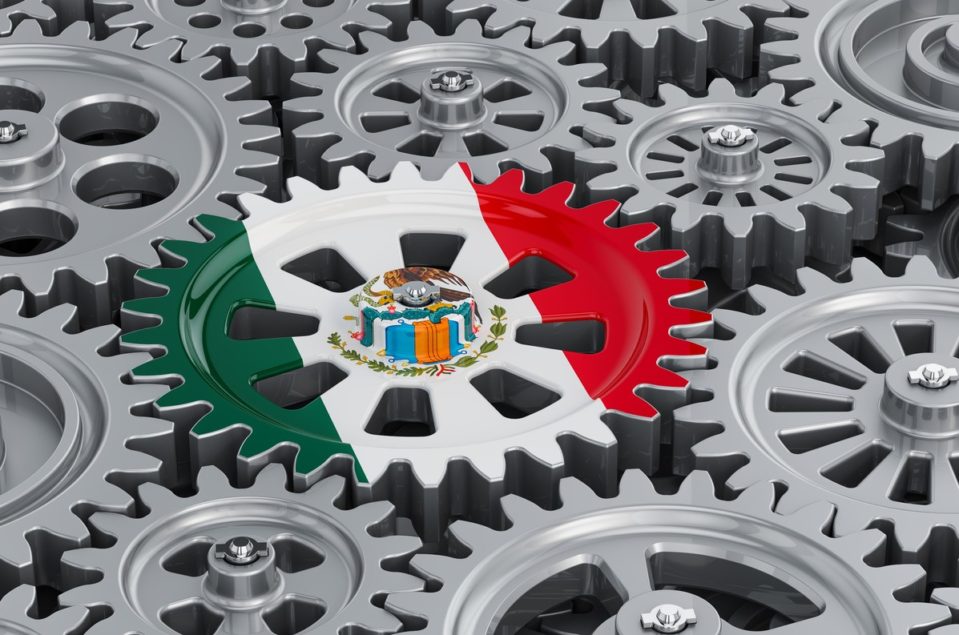Nearshoring promises to increase Mexico’s manufacturing exports by an estimated one-third, or about $150 billion, in the next five years. Yet companies considering a move to Mexico should make sure that their nearshoring strategies are built from a rigorous planning process. Otherwise, they could generate more costs, hassle and disruption than they eliminate.
The planning process should address the many factors that impact doing business in Mexico, including tax laws, infrastructure, supplier and raw-material availability, and transportation of goods across the border. By putting in the time and due diligence to understand these things — and adjusting strategies accordingly – companies can set up and sustain reliable production operations in Mexico, with fewer headaches and surprises down the road.
Following are some steps that should be part of every nearshoring planning process.
Make procurement part of the process. Nearshoring can help in delivering finished goods to final destination with less cost, time and risk. But companies need to consider how they’ll source raw materials and other supply chain inputs, because supplier and raw-material availability vary from one part of the world to another.
If inputs can be procured locally in Mexico at an acceptable quality and for an equal or lesser cost, it only makes sense to consider using them. They’ll have shorter transit times, and they reduce the need for safety stock. If imports are required, check to see if you can take advantage of programs in Mexico like IMMEX. It allows for temporary importation of goods used in the manufacturing process while offsetting Mexico’s value added tax, as long as the finished product is exported within a defined period of time.
As part of your procurement strategy, consider performing a top-down audit of raw material, parts and finished goods databases. This can help to understand if there are local restrictions, permits or preferential manufacturing program qualifications that can be used in conjunction with the United States-Mexico-Canada (USMCA) free trade agreement.
Learn the regulatory landscape. If you don’t currently have operations in Mexico, you’ll want to get up to speed on the country’s legal, fiscal, trade and compliance rules to understand the costs and requirements of doing business in the country. Keep in mind that in Mexico, these rules and regulations can be updated as often as quarterly.
One of the first considerations to make is how to operate, and in what legal capacity or structure. Contact an attorney or consultant who’s well-versed in this area. You may also need a local accounting firm to manage your business with Mexico’s Tax Administration Service (SAT).
As part of this process, it can be helpful to work with a supply chain and logistics provider that’s familiar with Mexico’s regulatory landscape. It can furnish guidance, answer any questions and concerns, identify incentives and pitfalls to avoid, and educate about the intricacies of USMCA.
Understand the local shipping environment. Know how your new production site will fit into your supply chain when choosing where in Mexico to locate it. How close will the site be to local suppliers? How will it feed into your distribution centers in the U.S.?
There are additional factors to consider to help manage risks. One is infrastructure readiness. As more companies nearshore to Mexico, it becomes crucial that ocean terminals, airports and highways around your potential new site be able to keep up with demand. You should also assess if a potential location has enough haulage capacity to and from ports, and if enough qualified and specialized labor is available.
If you’re eyeing one of Mexico’s major competitive corridors, like Monterrey or Juárez, consider the availability of manufacturing and warehouse premises for suppliers. The wait times for available land or construction in these areas can be up to six months.
Create back-up plans. Moving production closer to your customers doesn’t make your shipments immune from disruptions. Just in recent months, for example, shipments have been slowed at certain ports of entry at the U.S.-Mexico border as the Texas state government has renewed truck inspections aimed at stopping illegal smuggling. Ask the question: What will you do if the nearest border crossing to your potential new location becomes congested? Is there a second option to cross within a reasonable distance? Would it make sense to establish multiple locations in Mexico? Consider working with a logistics provider that has business-continuity plans, like the ability to reroute crossing points or do modal conversions.
Proper planning can answer these questions and help make sure your supply chain is flexible and agile enough to mitigate disruptions.
Remember that things change. Nearshoring to Mexico can provide relief from the challenges of shipping from other parts of the world today. But the benefits of any region aren’t guaranteed to last in today’s fast-changing world. That’s why it’s important to stay informed of developments like proposed trade regulations, border activities and the upcoming elections in both the U.S. and Mexico. There’s always a chance you’ll need to pivot again in your never-ending quest to diversify and reduce risk in your supply chain.
Sri Laxmana is vice president Americas, global forwarding at C.H. Robinson.





